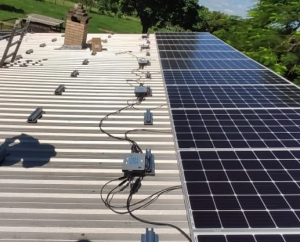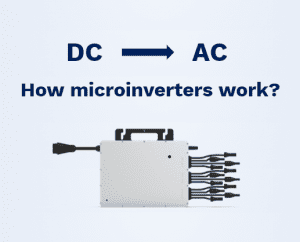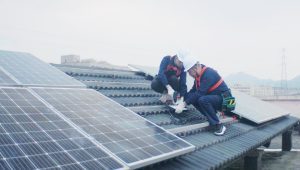How Do Hoymiles 4-in-1 Microinverters Perform at High Temperatures?
When we designed our 4-in-1 microinverters, we had to strike a careful balance between day-to-day performance and product lifetime.
Microinverters are responsible for converting the DC energy generated by solar panels into AC electricity, which is suitable for use in the power outlets you see in homes and buildings. While traditional 1-in-1 microinverters only convert power from one solar panel, 4-in-1 microinverters convert power from four solar panels at once.
The stronger the light, the more power a solar panel — and therefore a microinverter — can generate.
Of course, more sunlight usually means higher temperatures.
This can be difficult for some microinverters. If you’re familiar with the Arrhenius equation, you’ll know that a small increase in temperature can have a huge impact on the velocity of a chemical reaction. In microinverter terms, that means that higher temperatures can easily shorten the life of essential semiconductors.
So how do we make sure Hoymiles microinverters continue to perform well without sacrificing long-term performance?
WHY DO 4-IN-1 MICROINVERTERS GET HOTTER THAN 1-IN-1S?
The internal temperature of a microinverter is directly linked to its power density — the amount of power generated relative to the size of the microinverter.
Although 4-in-1 microinverters convert power from four different solar panels, they aren’t significantly bigger than 1-in-1 microinverters, which only convert power from one panel at a time. As a result, the power density of a 4-in-1 is higher than the power density of a 1-in-1.
This means that 4-in-1 microinverters generally run slightly hotter than 1-in-1s since they generate more power relative to their size.
So what does all of this mean for the performance of your 4-in-1 microinverter?
HOW DO WE GUARANTEE THE PERFORMANCE OF 4-IN-1S AT HIGH TEMPERATURES?
We were aware from the very beginning of the potential challenges of building a microinverter with a higher power density.
We took some steps to make sure that our customers could expect higher power density – and all of the other benefits of a 4-in-1 microinverter – without having to sacrifice longevity.
Protecting vital components with clever design
Lots of different factors can affect the length of a microinverter’s life; microinverters are brimming with semiconductor components, all of which have different optimum operating conditions and different service lives.
But, when we’re considering the effect of heat on a microinverter’s long-term performance, one component is more important than all of the others: the electrolytic capacitor.
The electrolytic capacitor is the part of a microinverter that stores the electric energy generated by a solar panel. It’s obviously a vital component — without the electrolytic capacitor, the microinverter can’t retain the energy it converts. But it’s also the part of a microinverter that’s most vulnerable to heat.
It’s not an overstatement to say that the life of an electrolytic capacitor ultimately determines the life of your microinverter.
That’s why, when we built our Hoymiles 4-in-1 microinverters, we paid special attention to the placement of the electrolytic capacitor. During the product design stage, we specifically chose to place the electrolytic capacitor in the coolest area of the microinverter, where it can dispel heat most effectively.
Through this simple design change, we’re able to provide a microinverter with a much higher power density while protecting the performance and lifetime of the technology.
But how do we know that the Hoymiles 4-in-1 microinverter can still perform well in the long term?
Rigorous testing in high temperatures
We rigorously test our microinverters to ensure that they perform just as well out in the real world as they do in the lab.
You can see the results of our environmental tests below.
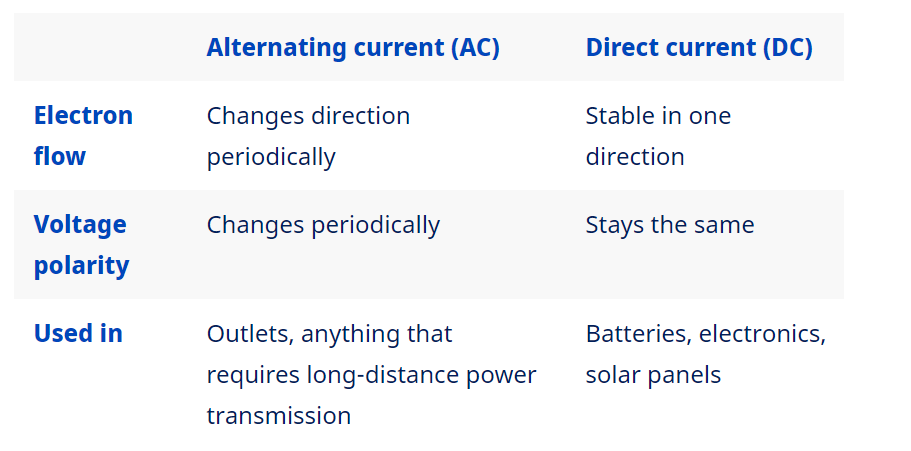
Adjusting to heat with temperature derating
We’ve built an important failsafe into our 4-in-1 microinverters so that, if temperatures grow too high, the vital components are protected.
Through a process called ‘derating’, Hoymiles microinverters gradually reduce power outputs when temperatures grow too high, decreasing the internal heat emitted by the device.
The derating process consists of several important steps to protect components from degrading:
- When a microinverter reaches the ‘trigger’ temperature, the equipment starts to derate. The ‘derating factor’ is the percentage of power that is reduced for every 1°C increase in temperature.
- If the temperature continues to rise, the microinverter will automatically shut off once it reaches a ‘shutdown’ temperature.
- The microinverter then reaches a ‘restart interval’ — a set period of time after shutdown in which the microinverter allows itself time to cool.
- Once the microinverter reaches the ‘restart temperature’, it will begin running again. If the temperature is still too high at this point, it will begin derating once more.
In this way, Hoymiles microinverters protect components without forcing users to turn off their equipment completely.
The table below shows the different types of Hoymiles microinverters.
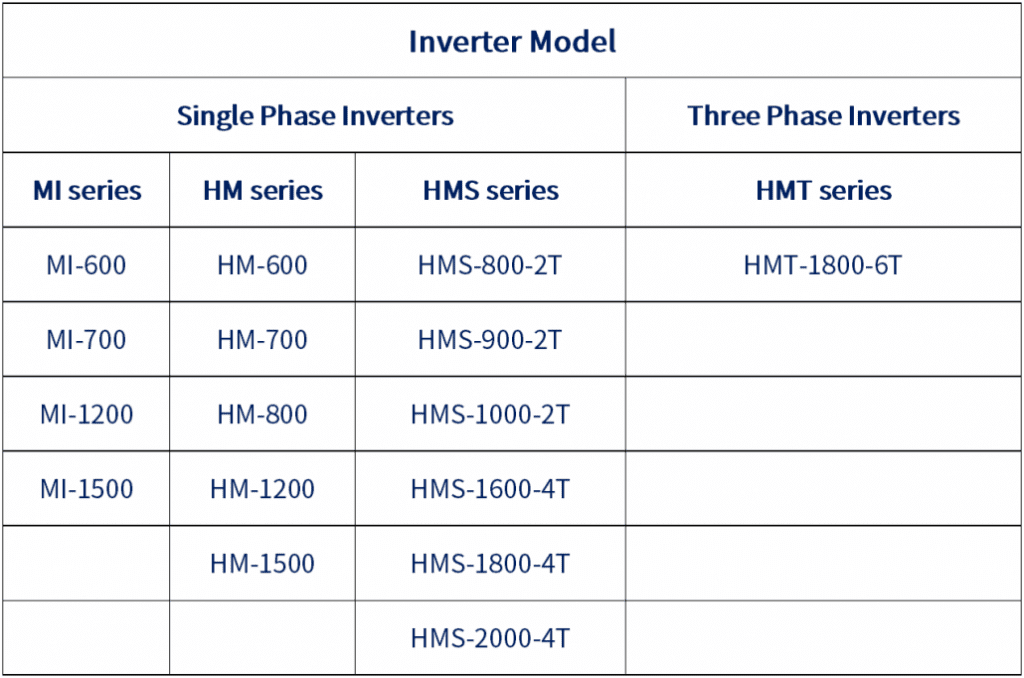
Each of these inverters has a:
- Derating triggering temperature of 85°C
- Derating factor of 14%
- Shutdown temperature of 90°C
- Restart temperature of 85°C
- Restart interval of 0 (meaning that, once it shuts down, a Hoymiles inverter will continually check to see if it has reached the required restart temperature, allowing the inverter to begin converting power as fast as possible)
The graph below shows the power reduction relative to the temperature of these models of Hoymiles microinverters. As you can see, power drops rapidly once the internal temperature of the microinverter rises past 90°C.
However, once the inverter reaches the restart temperature of 85°C once more, you can see that the power immediately rises back up to 100% — no waiting around for the power to gradually rebuild once the inverter restarts.
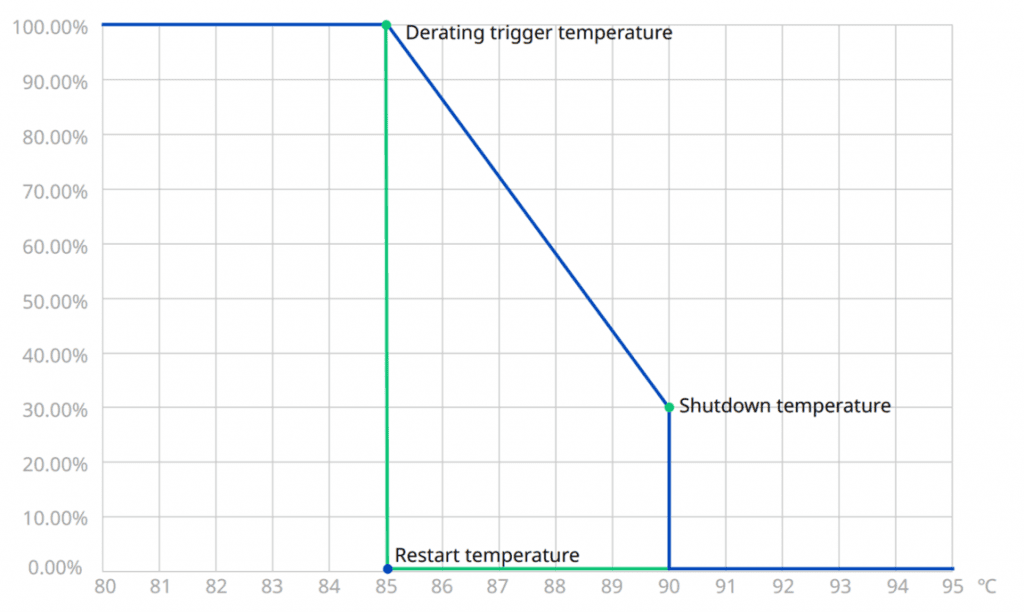
WHAT CAN YOU DO TO PROTECT YOUR 4-IN-1 MICROINVERTER?
While all of these measures significantly increase the life of Hoymiles 4-in-1 microinverters, there are some things you can do to make sure your microinverter lasts a long time.
First of all, make sure that the microinverter is installed in a well-ventilated space, where any heat generated by the microinverter can easily escape.
Second of all, make sure to leave at least 2cm of clear space around your microinverter when installing. This will give the microinverter enough room to perform its essential cooling operations.
CAN HOYMILES 4-IN-1 MICROINVERTERS HANDLE THE HEAT?
Thanks to careful testing and engineering, and some built-in fail safes, there’s no reason to think that a Hoymiles 4-in-1 microinverter will have a significantly shorter life than any other 1-in-1 microinverter.
At Hoymiles, we’ve worked hard to build 4-in-1 microinverters that give our customers the best of both worlds: a microinverter that can convert more power for longer, even at high temperatures.

